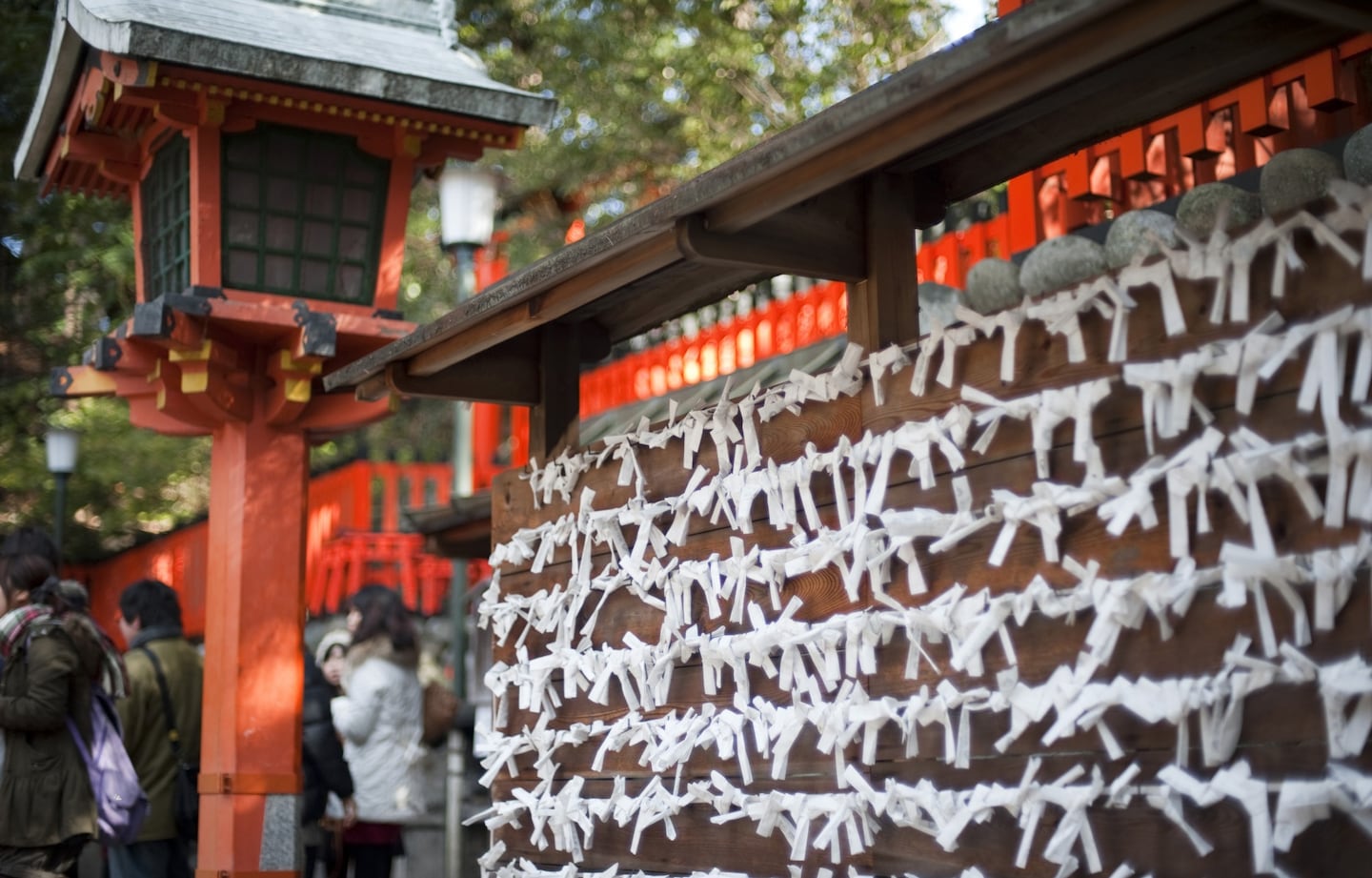Interpreting the Key 'Omikuji'
Omikuji are fortune-telling strips of paper you can purchase at Japanese shrines and temples. They offer both a general blessing and an outline of your fortune for more specific aspects of your life. While the specific fortunes are a little complex, here we offer an explanation of the main kinds of general blessing you might receive.
By Bua LoyGreat Blessing (大吉)
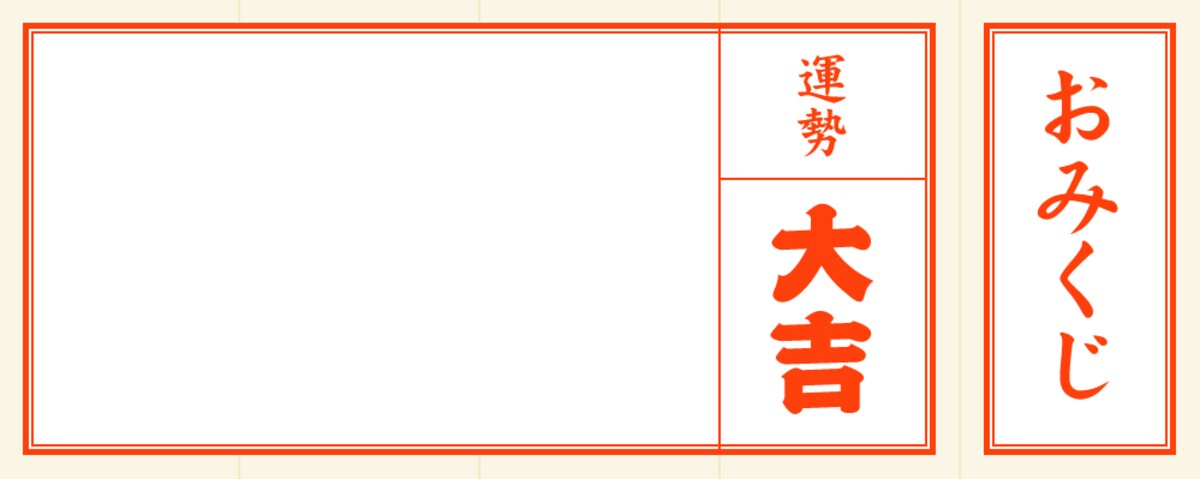
http://frame-illust.com/fi/wp-content/uploads/2015/11/3c760f9ee8bb1332e49741fb86b1bdd3.png
This omikuji is the best one you can get, and is said to bring you "great blessings" (大吉, dai-kichi) in the coming year.
Middle Blessing (中吉)
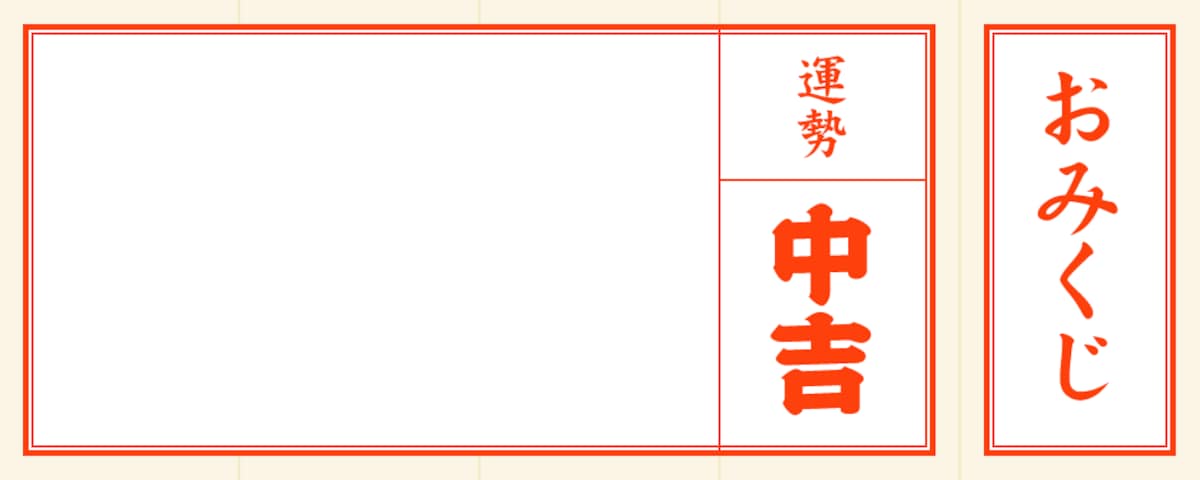
http://frame-illust.com/fi/wp-content/uploads/2015/11/09d9ab2a62b0bcf3af9e72fe9ec668b0.png
This fortune is said to bring you "middle blessings" (中吉, chu-kichi), which is of course better than no blessings or a curse!.
Small Blessing (小吉)
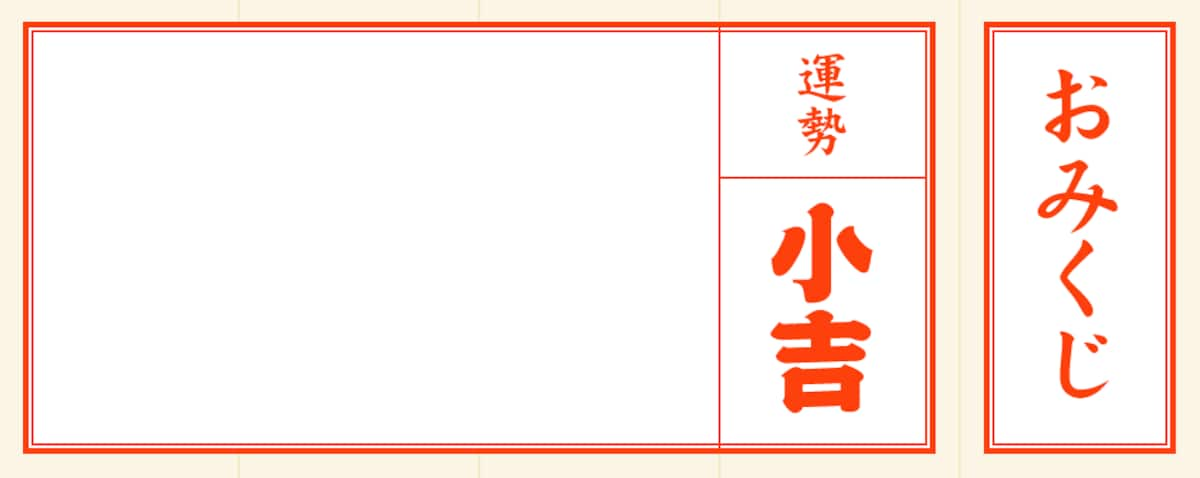
http://frame-illust.com/fi/wp-content/uploads/2015/11/c48033176ad73ca7e84200f2f14d18a8.png
If you get this fortune paper, it's supposed to bring you "small blessings" (小吉, sho-kichi), which again is better than no blessings or a curse, and is definitely something to be satisfied with.
Blessing (吉)
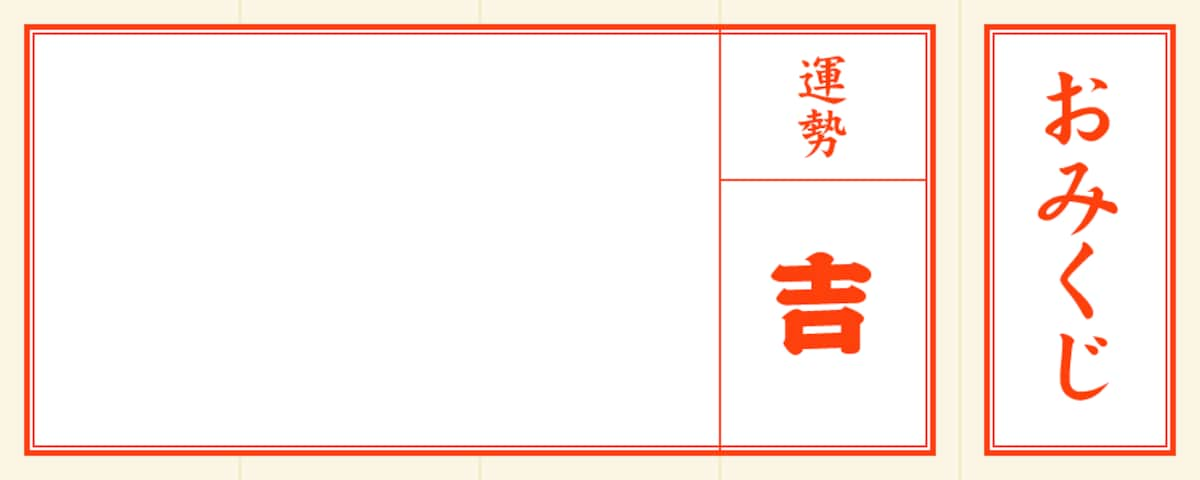
http://frame-illust.com/fi/wp-content/uploads/2015/11/f0bbdb9dba35695f75094aab6a956c9a.png
This fortune still brings you a "blessing" (吉, kichi), although not a big, medium, or even small one. Nonetheless, it's a lucky omikuji to receive!
Curse (凶)
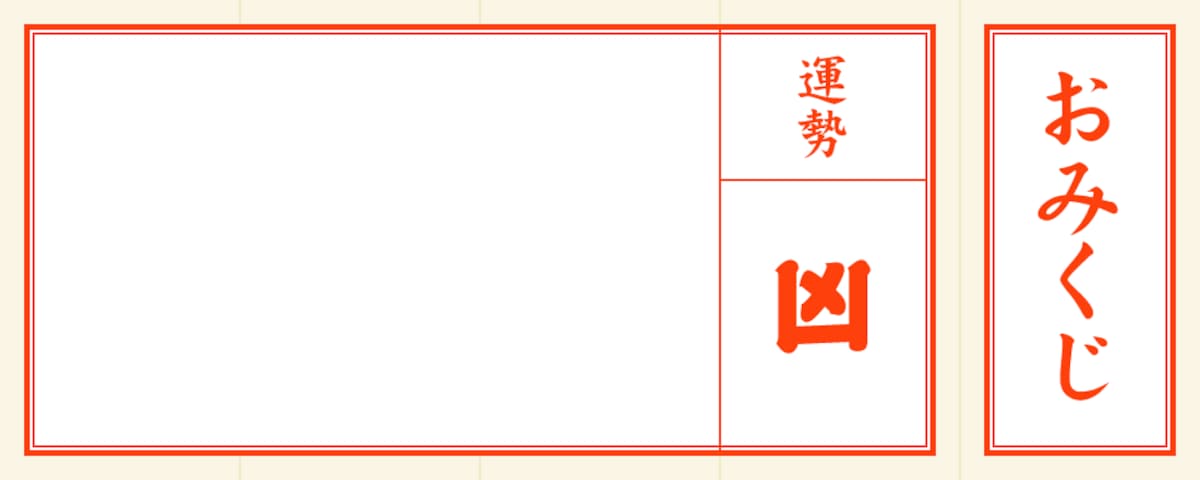
http://frame-illust.com/fi/wp-content/uploads/2015/11/f01177bea69bb887b5dcf76ab9dc3349.png
Sometimes you'll see people at Japanese temples and shrines who are upset after reading their omikuji. Perhaps they've received this one, which is a "curse," or kyo (凶).
Great Curse (大凶)
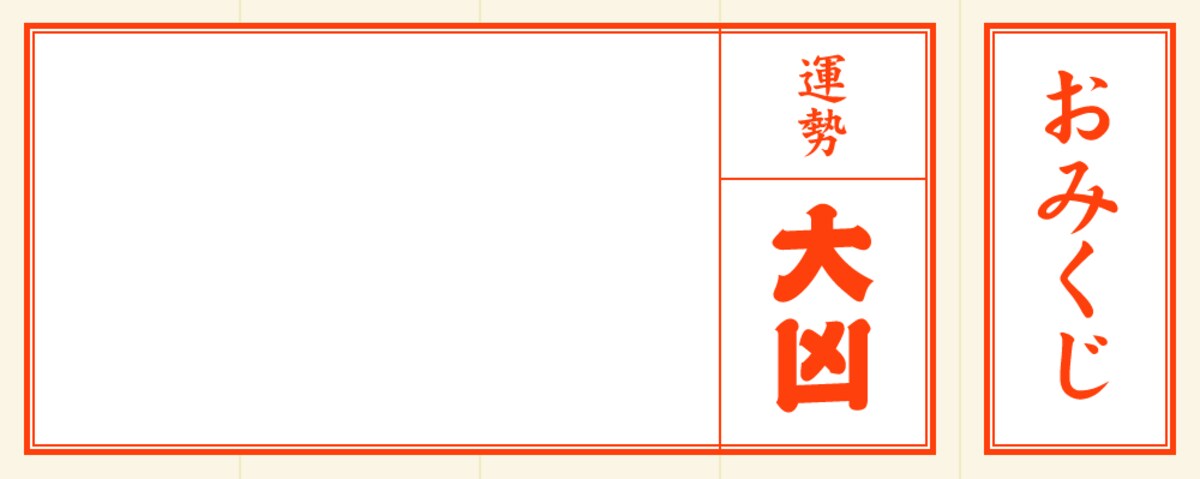
http://frame-illust.com/fi/wp-content/uploads/2015/11/f2310f5348fc4d68dd143a9990ce765d.png
This is not the fortune that you want to see on your omikuji, especially if you're superstitious! This fortune is said to bring a "great curse," or dai-kyo (大凶). There's always a moment of tension as you open your omikuji and see whether or not you've received this curse!
There are other general blessings, but they're all variants on the themes above: a han-kichi (半吉) is a half-blessing, a sue-kichi (末吉) is a blessing that will become apparent in time, and a sue-sho-kichi (末小吉) is a small blessing that will become apparent in time. These are all ranked below a regular kichi, or blessing.
Sho-kyo (小凶), han-kyo (半凶) and sue-kyo (末凶) are also possibilities, representing small, half and eventually discovered curses, respectively. A few places even offer hira (平), which is basically "normal." Not all temples and shrines offer the full range, and in some places kichi (吉) outranks chu-kichi (中吉) and sho-kichi (小吉)—so if you really want to know how far you stand from the top, you may have to ask the staff!
If you'd like to know even more about omikuji Check out Zooming Japan's detailed description here!


